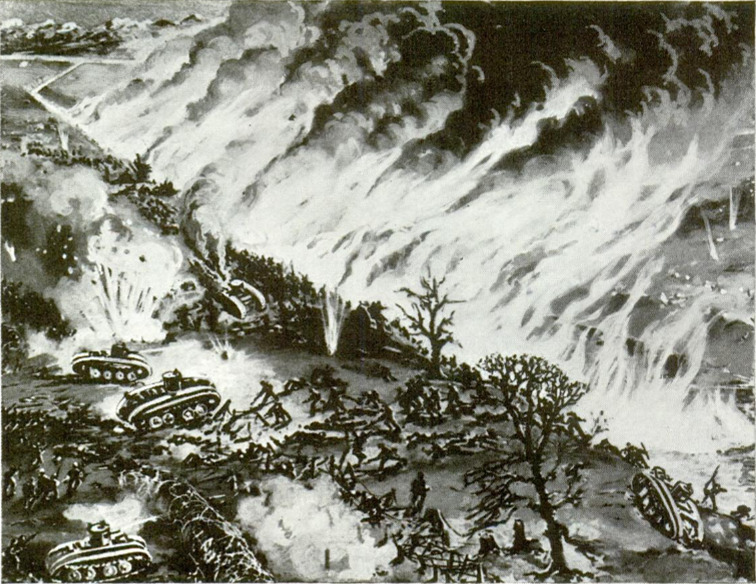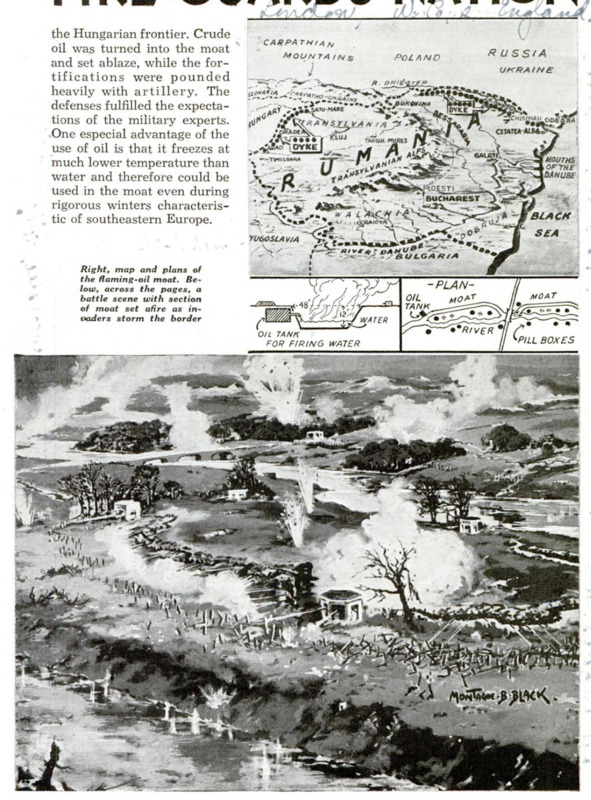Floating Wall of Fire Guards Nation
Item
- Title (Dublin Core)
- Floating Wall of Fire Guards Nation
- Article Title and/or Image Caption (Dublin Core)
- Floating Wall of Fire Guards Nation
- Language (Dublin Core)
- eng
- Temporal Coverage (Dublin Core)
- World War II
- Date Issued (Dublin Core)
- 1940-08
- Is Part Of (Dublin Core)
-
 Popular Mechanics, v. 74, n. 2, 1940
Popular Mechanics, v. 74, n. 2, 1940
- pages (Bibliographic Ontology)
- 174-175
- Rights (Dublin Core)
- Public Domain (Google digitized)
- Source (Dublin Core)
- Google books
- References (Dublin Core)
- Romania
- Hotin County
- Dniester
- Cetatea-Albă County
- Black Sea
- Bessarabia
- Soviet Union
- Russia
- Vyzhnytsia
- Prut
- Poland
- Germany
- Carpathian Mountains
- Hungary
- Satu Mare County
- Arad County
- Someș River
- Crișul Alb River
- Mureș River
- Archived by (Dublin Core)
- Enrico Saonara
- Alberto Bordignon (Supervisor)
- Spatial Coverage (Dublin Core)
- Romania





